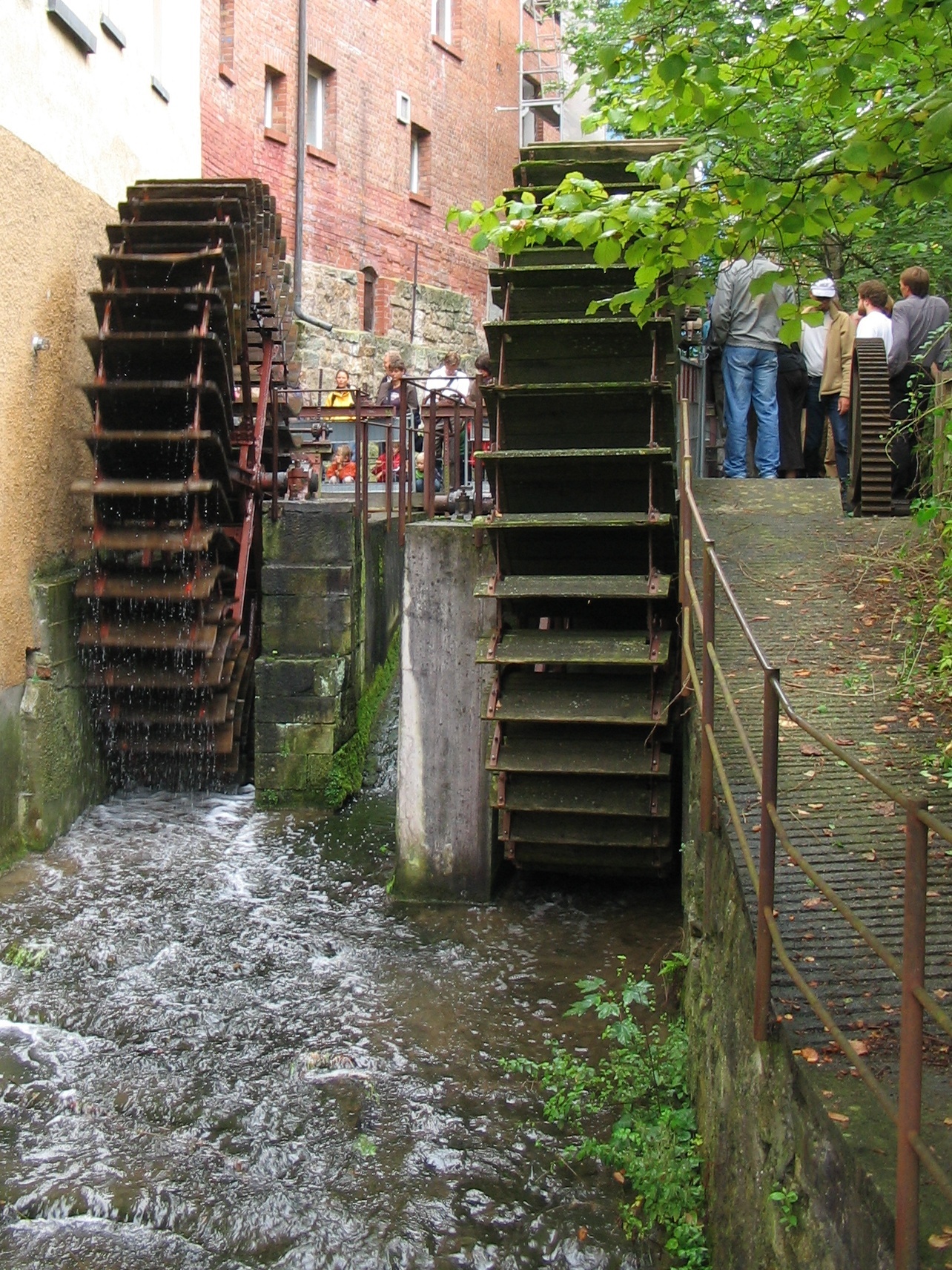|
Dredger 1
The first exclusively owned dredger ship of its type in the Indian Navy; the indigenously built ship is meant for dredging the various navy ports. The ship was designed to meet precise deepening requirements around the dockyard and port installations and in riverine or other places where deepening is needed. The ship which can hold up to 300 cubic metres or 500 tons of dredged material, has a set of 8 openable hopper bottom doors for disposal of dredged material out at sea. The main equipment of the ship is a 320-HP Cummins-855-powered forward-mounted crane supplied by Titagarth Wagons. The crane’s 15.2-meter boom has a working radius of 12 meters and hoisting capacity of 10.5 metric tons at a 46-degree boom angle. The crane’s grab bucket has 3-cubic-meter capacity and holds up to 4.5 metric tons of dredged material; and is capable of dredging up to depths of 10 meters. Built by Tebma Shipyard Limited, the ship based out of Mumbai has a 90% locally sourced content, much ... [...More Info...] [...Related Items...] OR: [Wikipedia] [Google] [Baidu] |
Tebma Shipyard Limited
Tebma Shipyards Limited is a Chennai based shipbuilding company in India. The company has delivered more than 150 vessels, mainly offshore support vessels. It was shut down in June 2021 due to various reasons. History Tebma was incorporated in 1984 and commenced operations in 1987. It has shipyards at Malpe in Karnataka, Kochi in Kerala and Chengalpet in Tamil Nadu. On 24 November 2010, Bharati Shipyard acquired a 51 per cent stake in the Tebma Shipyards for a price of through a fresh issue of capital at a price of Rs 19.20 per share (face value of Rs 10). Tebma in 2011 signed a deal with Vosta LMG, one of the world's largest dredging technology firm, to build dredgers. In 2015, it delivered Dredger 1; the 1st dredger for exclusive use by Indian Navy The yard is acquired by Cochin Shipyard Limited, Kochi in 2021 Products It is primarily engaged in the design and construction of offshore support vessels, tugboats, dredgers, floating cranes and pilot launches. *Arga Class tugboa ... [...More Info...] [...Related Items...] OR: [Wikipedia] [Google] [Baidu] |
Hopper
Hopper or hoppers may refer to: Places * Hopper, Illinois * Hopper, West Virginia * Hopper, a mountain and valley in the Hunza–Nagar District of Pakistan * Hopper (crater), a crater on Mercury People * Hopper (surname) Insects * Hopper, the immature form of a locust * Grasshopper * Hoppers, butterflies of the genus '' Platylesches'' * Leafhopper, a member of the family Cicadellidae * Treehopper, a member of the family Membracidae (typical treehoppers) or Aetalionidae Mechanical parts * Hopper, a storage container used to dispense granular materials through the use of a chute to restrict flow, sometimes assisted by mechanical agitation ** Hopper (particulate collection container), a large container used for dust collection ** A paintball loader ** A manufacturing line hopper ** Part of an agricultural aircraft to store the chemicals to be spread ** Part of a combine harvester ** Part of a wheel tractor-scraper to store the soil load ** Feeder (livestock equipment) Transpo ... [...More Info...] [...Related Items...] OR: [Wikipedia] [Google] [Baidu] |
2010 Ships
1 (one, unit, unity) is a number, numeral, and glyph. It is the first and smallest positive integer of the infinite sequence of natural numbers. This fundamental property has led to its unique uses in other fields, ranging from science to sports, where it commonly denotes the first, leading, or top thing in a group. 1 is the unit of counting or measurement, a determiner for singular nouns, and a gender-neutral pronoun. Historically, the representation of 1 evolved from ancient Sumerian and Babylonian symbols to the modern Arabic numeral. In mathematics, 1 is the multiplicative identity, meaning that any number multiplied by 1 equals the same number. 1 is by convention not considered a prime number. In digital technology, 1 represents the "on" state in binary code, the foundation of computing. Philosophically, 1 symbolizes the ultimate reality or source of existence in various traditions. In mathematics The number 1 is the first natural number after 0. Each natural numbe ... [...More Info...] [...Related Items...] OR: [Wikipedia] [Google] [Baidu] |
List Of Active Indian Navy Ships
The Indian Navy (IN), which is the naval warfare branch of the Indian Armed Forces, has approximately 135+ warships on active commission. By forethought, the IN's Maritime Capability Perspective Plan (MCPP) for the period 2012–2027 had set the objective of the service becoming a 200-ship fleet by 2035; however, that number has since been reduced to 175 in December 2019 – principally owing the IN's dearth of budgetary founding, its ageing fleet and delays in the construction of naval assets. By certain calculations, the IN is still estimated to comprise a future total of 155-160 ships by 2030. By inventory, the IN's principal assets include its Fleet carrier, aircraft carrier component – the service has operated a total of four aircraft carriers since 1961; its List of submarines of the Indian Navy, submarine component – which presently includes a Nuclear deterrence, strategic submarine force; and its Amphibious assault ship, amphibious component – which principally o ... [...More Info...] [...Related Items...] OR: [Wikipedia] [Google] [Baidu] |
Barges
A barge is typically a flat-bottomed vessel which does not have its own means of mechanical propulsion. Original use was on inland waterways, while modern use is on both inland and marine water environments. The first modern barges were pulled by tugs, but on inland waterways, most are pushed by pusher boats, or other vessels. The term ''barge'' has a rich history, and therefore there are many types of barges. History of the barge Etymology ''Barge'' is attested from 1300, from Old French ''barge'', from Vulgar Latin">-4; we might wonder whether there's a point at which it's appropriate to talk of the beginnings of French, that is, when it wa ... ''barge'', from Vulgar Latin ''barga''. The word originally could refer to any small boat; the modern meaning arose around 1480. ''Bark'' "small ship" is attested from 1420, from Old French ''barque'', from Vulgar Latin ''barca'' (400 AD). A more precise meaning (see Barque) arose in the 17th century and often takes the French ... [...More Info...] [...Related Items...] OR: [Wikipedia] [Google] [Baidu] |
Tugs
A tugboat or tug is a marine vessel that manoeuvres other vessels by pushing or pulling them, with direct contact or a tow line. These boats typically tug ships in circumstances where they cannot or should not move under their own power, such as in crowded harbors or narrow canals, or cannot move at all, such as barges, disabled ships, log rafts, or oil platforms. Some are ocean-going, and some are icebreakers or salvage tugs. Early models were powered by steam engines, which were later superseded by diesel engines. Many have deluge gun water jets, which help in firefighting, especially in harbours. Types Seagoing Seagoing tugs (deep-sea tugs or ocean tugboats) fall into four basic categories: #The standard seagoing tug with model bow that tows almost exclusively by way of a wire cable. In some rare cases, such as some USN fleet tugs, a synthetic rope hawser may be used for the tow in the belief that the line can be pulled aboard a disabled ship by the crew owing to its ... [...More Info...] [...Related Items...] OR: [Wikipedia] [Google] [Baidu] |
Ship's Tender
A ship's tender, usually referred to as a tender, is a boat or ship used to service or support other boats or ships. This is generally done by transporting people or supplies to and from shore or another ship. A second and distinctly different meaning for "tender" is small boats carried by larger vessels, to be used either as lifeboats, or as transport to shore, or both. Purpose For a variety of reasons, it is not always advisable to try to tie a ship up at a dock; the weather or the sea might be rough, the time might be short, or the ship too large to fit. In such cases tenders provide the link from ship to shore, and may have a very busy schedule of back-and-forth trips while the ship is in port. On cruise ships, lifeboat tenders do double duty, serving as tenders in day-to-day activities, but fully equipped to act as Lifeboat (shipboard), lifeboats in an emergency. They are generally carried on davits just above the promenade deck, and may at first glance appear to be regu ... [...More Info...] [...Related Items...] OR: [Wikipedia] [Google] [Baidu] |
Marine Ecosystem
Marine ecosystems are the largest of Earth's aquatic ecosystems and exist in Saline water, waters that have a high salt content. These systems contrast with freshwater ecosystems, which have a lower salt content. Marine waters cover more than 70% of the surface of the Earth and account for more than 97% of Earth's water supply and 90% of habitable space on Earth. Seawater has an average salinity of 35 parts-per notation, parts per thousand of water. Actual salinity varies among different marine ecosystems. Marine ecosystems can be divided into many zones depending upon water depth and shoreline features. The oceanic zone is the vast open part of the ocean where animals such as whales, sharks, and tuna live. The benthic zone consists of substrates below water where many invertebrates live. The intertidal zone is the area between high and low tides. Other near-shore (neritic) zones can include mudflats, Seagrass, seagrass meadows, mangroves, rocky Intertidal zone, intertidal s ... [...More Info...] [...Related Items...] OR: [Wikipedia] [Google] [Baidu] |
Disturbance (ecology)
In ecology, a disturbance is a change in environmental conditions that causes a pronounced change in an ecosystem. Disturbances often act quickly and with great effect, to alter the physical structure or arrangement of biotic component, biotic and abiotic elements. A disturbance can also occur over a long period of time and can impact the biodiversity within an ecosystem. Ecological disturbances include fires, flooding, storms, insect outbreaks, trampling, Human impact on the environment, human presence, earthquakes, plant diseases, infestations, volcanic eruptions, impact events, etc. Not only invasive species can have a profound effect on an ecosystem, native species can also cause disturbance by their behavior. Disturbance forces can have profound immediate effects on ecosystems and can, accordingly, greatly alter the Biocoenosis, natural community’s population size or species richness. Because of these and the impacts on populations, disturbance determines the future shifts i ... [...More Info...] [...Related Items...] OR: [Wikipedia] [Google] [Baidu] |
Turbidity
Turbidity is the cloudiness or haziness of a fluid caused by large numbers of individual particles that are generally invisible to the naked eye, similar to smoke in air. The measurement of turbidity is a key test of both water clarity and water quality. Fluids can contain suspended solid matter consisting of particles of many different sizes. While some suspended material will be large enough and heavy enough to settle rapidly to the bottom of the container if a liquid sample is left to stand (the settable solids), very small particles will settle only very slowly or not at all if the sample is regularly agitated or the particles are colloidal. These small solid particles cause the liquid to appear turbid. Turbidity (or haze) is also applied to transparent solids such as glass or plastic. In plastic production, haze is defined as the percentage of light that is deflected more than 2.5° from the incoming light direction. Causes and effects Turbidity in open water may be ca ... [...More Info...] [...Related Items...] OR: [Wikipedia] [Google] [Baidu] |
Pulley
Sheave without a rope A pulley is a wheel on an axle or shaft enabling a taut cable or belt passing over the wheel to move and change direction, or transfer power between itself and a shaft. A pulley may have a groove or grooves between flanges around its circumference to locate the cable or belt. The drive element of a pulley system can be a rope, cable, belt, or chain. History The earliest evidence of pulleys dates back to Ancient Egypt in the Twelfth Dynasty (1991–1802 BC) and Mesopotamia in the early 2nd millennium BC. In Roman Egypt, Hero of Alexandria (c. 10–70 AD) identified the pulley as one of six simple machines used to lift weights. Pulleys are assembled to form a block and tackle in order to provide mechanical advantage to apply large forces. Pulleys are also assembled as part of belt and chain drives in order to transmit power from one rotating shaft to another. Plutarch's ''Parallel Lives'' recounts a scene where Archimedes proved the effectiveness ... [...More Info...] [...Related Items...] OR: [Wikipedia] [Google] [Baidu] |
Hydraulic
Hydraulics () is a technology and applied science using engineering, chemistry, and other sciences involving the mechanical properties and use of liquids. At a very basic level, hydraulics is the liquid counterpart of pneumatics, which concerns gases. Fluid mechanics provides the theoretical foundation for hydraulics, which focuses on applied engineering using the properties of fluids. In its fluid power applications, hydraulics is used for the generation, control, and transmission of Power (physics), power by the use of pressure, pressurized liquids. Hydraulic topics range through some parts of science and most of engineering modules, and they cover concepts such as pipe Volumetric flow rate, flow, dam design, fluidics, and fluid control circuitry. The principles of hydraulics are in use naturally in the human body within the vascular system and erectile tissue. ''Free surface hydraulics'' is the branch of hydraulics dealing with free surface flow, such as occurring in rivers ... [...More Info...] [...Related Items...] OR: [Wikipedia] [Google] [Baidu] |







